In the countless hours I’ve spent on the range, I’ve often found myself in the thick of the caliber debate: .357 Magnum versus 9mm. It’s a discussion that ignites passion in both seasoned law enforcement officers and everyday civilians alike. Having instructed hundreds of shooters, I’ve learned that the difference between these two iconic rounds goes beyond mere numbers. It’s a matter of understanding personal needs, real-world application, and firearm characteristics. As I guide new and experienced shooters alike, I’ve witnessed how the choice between them often reflects deeper preferences about protection, performance, and practicality. Whether you’re considering which is the best handgun for protection or simply weighing your options for a day at the range, the nuanced differences between the .357 Magnum and the 9mm are worth examining. Let’s dive deeper into this essential discussion about two of the most popular calibers on the market today.
What Are the .357 Magnum and 9mm Cartridges?
Overview of .357 Magnum
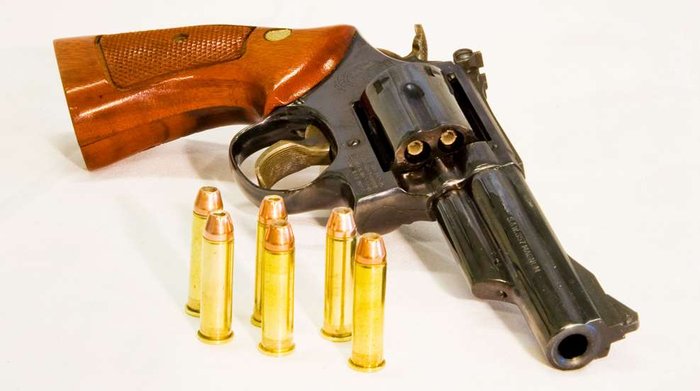
Contextual Analysis: The .357 Magnum was once considered the most powerful handgun cartridge in the world—a reputation it earned upon introduction in 1935 by Smith & Wesson in collaboration with Winchester. Designed to provide greater penetration against early car doors and body armor, the .357 Magnum rapidly found favor among law enforcement and hunters. Empirical data confirms the power of this round: typical muzzle velocities for a 125-grain bullet often exceed 1,400 feet per second, with muzzle energy in the 500–700 foot-pound range, depending on barrel length and load (Ballistics101).
From a practical standpoint, these ballistics translate to substantial effectiveness against both human assailants and game animals. The cartridge’s energy enables it to penetrate intermediate barriers, such as automotive glass, outperforming most common handgun rounds. However, this power has drawbacks: pronounced recoil, noticeable muzzle flash, and nontrivial muzzle rise, especially in lighter revolvers. These can challenge shooter accuracy and comfort, particularly for less experienced users. Nonetheless, the .357 Magnum continues to be valued for its versatile performance, especially in defensive revolvers and as a backup in the field.
Overview of 9mm
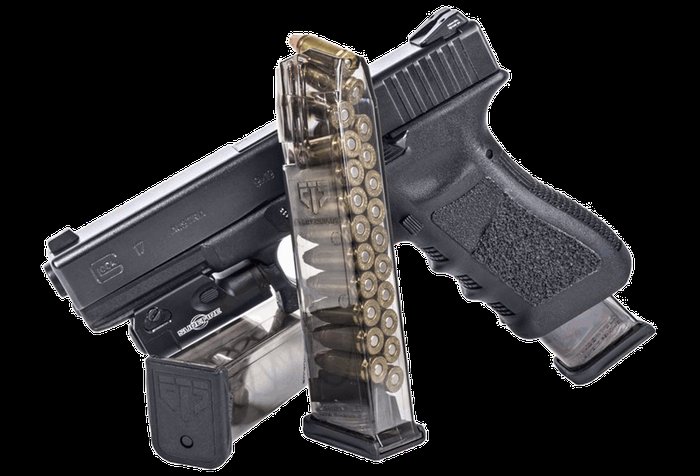
Fascinating Facts: The 9mm is the world’s most popular handgun cartridge—its popularity is driven by a balanced package of moderation in recoil, ease of handling, and wide adoption in military and law enforcement sidearms. The 9mm Luger (9x19mm Parabellum) can typically send a 115–147 grain bullet at velocities between 1,100 and 1,250 feet per second, generating 330–400 foot-pounds of energy. Modern loadings with expanding projectiles further improve the 9mm’s defensive effectiveness (BallisticStudies).
My on-range observations mirror what the data indicates: the 9mm’s recoil is notably less pronounced, enabling rapid and accurate follow-up shots. Its ubiquity ensures that ammunition and magazines are widely available and affordable—a nontrivial advantage for both newcomers and high-volume shooters.
While the 9mm does not match the raw barrier penetration or one-shot stopping energy of the .357 Magnum, research and reports—such as data from the FBI’s adoption of the 9mm in recent decades—show that modern bullet designs have closed the gap considerably. Nonetheless, understanding limitations regarding over-penetration and stopping energy remains essential for selecting the most suitable caliber and ammunition for your needs (Buckeye Firearms).
Who Chooses .357 Magnum or 9mm: Intended Users & Application Scenarios
Law Enforcement & Civilian Choices
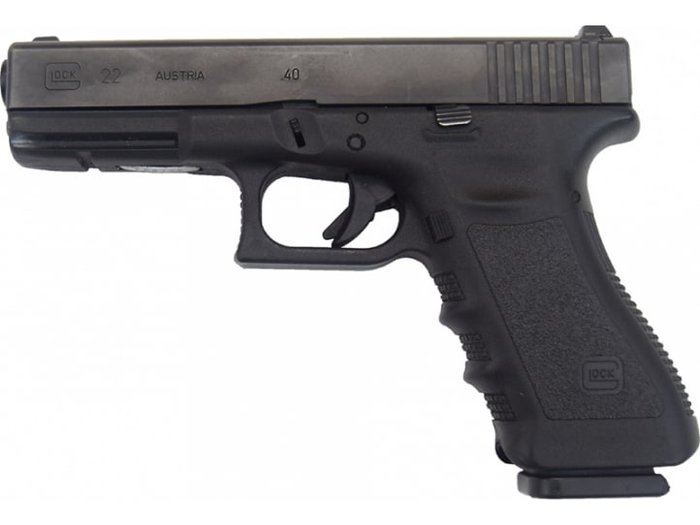
Traditionally, many law enforcement departments issued the .357 Magnum revolver due to its reputation for stopping power and reliability. However, the shift over the past several decades has overwhelmingly favored the 9mm semi-automatic pistol. Studies and reports, such as those collected by the FBI and other agencies, cite increased magazine capacity, faster reloading, and reduced recoil as primary drivers of this transition. As a result, officers can train more with the time and budget available, which translates to higher practical proficiency.
Civilians often weigh similar factors but may also emphasize comfort, concealability, and perceived recoil. The .357 Magnum’s formidable ballistics still make it a go-to choice for home defense in revolver format, especially where reliability in high-stress moments is paramount. The 9mm, in contrast, has become the default for concealed carry due to compact firearm designs and reduced felt recoil, making it accessible even to those who lack extensive training. Ultimately, the user’s environment, training frequency, and personal tolerance for recoil play decisive roles.
Target Shooters & Enthusiasts
Analytical Perspective: Within the target shooting community, strong loyalties often develop based on both perceived and demonstrable performance characteristics. While some shooters are drawn to the nostalgia, challenge, and authority of the .357 Magnum—with its versatility for both range and field use—many prefer the increased comfort and affordability offered by the 9mm. The reduced recoil of the 9mm means new shooters can build foundational skills and confidence without developing a flinch—something I observe regularly in training sessions with recreational shooters.
Objective assessments, such as controlled accuracy tests and speed drills, consistently show that most shooters see improved consistency and reduced fatigue with the 9mm. Yet, the .357 Magnum maintains an enthusiastic following among those who appreciate its unique balance of power and precision, especially in fields like handgun hunting or silhouette shooting. Both calibers have carved out clear niches, reflecting the individuality of each shooter’s preferences and goals (comparative research).
When Does Each Caliber Shine? Situational Advantages
Home Defense & Concealed Carry
Analytical Insight: In defensive scenarios—especially home defense and concealed carry—the selection of caliber often comes down to balancing stopping power, controllability, and capacity. The .357 Magnum is lauded for its superior terminal ballistics; penetration and expansion numbers often outpace the 9mm in ballistic gel tests. However, this comes at a price: harsh recoil, intimidating muzzle blast, and limited revolver capacity (typically 5-7 rounds) can be serious liabilities under stress.
In contrast, the 9mm combines moderate energy, manageable recoil, and double-digit magazine capacities. In high-adrenaline situations where accuracy under pressure and the possibility of multiple threats are genuine concerns, these traits often outweigh the theoretical advantage of absolute energy. My experience—and corroborating reports—suggest that for most users, having more rounds on tap and being able to get back on target quickly constitute critical advantages.
Range & Sport Shooting
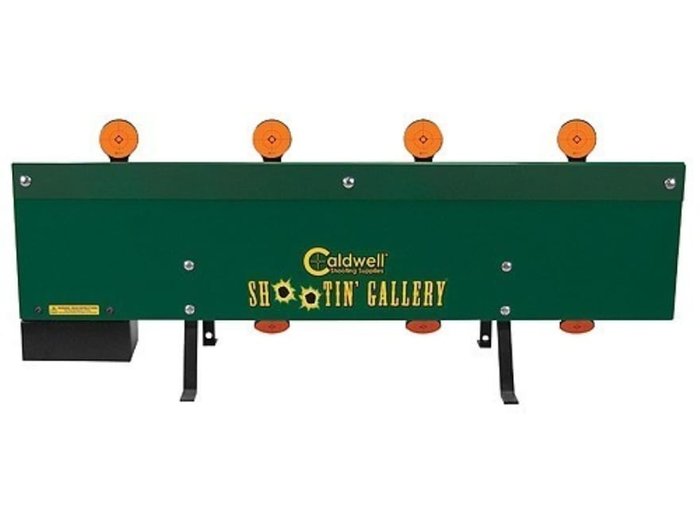
From a range and sport shooting perspective, subjective enjoyment is intertwined with measurable factors. The 9mm is nearly universally chosen for its cost-effectiveness—round-for-round, ammunition is typically less than half the price of .357 Magnum. Lower recoil means longer, more comfortable practice sessions and less shooter fatigue, especially for high-volume drills.
That said, for discipline-specific applications or those seeking a greater physical challenge, the .357 Magnum remains alluring. It can also serve well in field competitions and is unmatched when maximum permissible handgun energy is desired for specific courses of fire. However, for general target practice, defensive skill-building, and dynamic shooting sports, the 9mm’s practical advantages make it the more versatile and accessible choice (shootability; recoil data).
Where Are the Key Differences? Ballistics, Recoil, and Handling
Recoil & Shootability
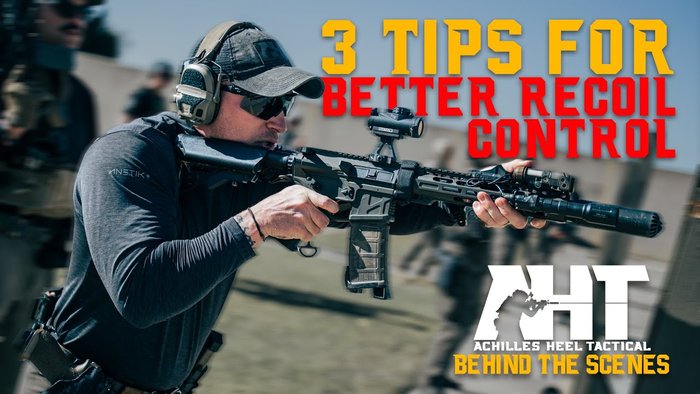
Critical Analysis: Recoil is a decisive factor for shooter success, particularly for those still developing control and technique. Empirical measurements indicate that the .357 Magnum can produce felt recoil in excess of 10 foot-pounds in common snub-nose revolvers, compared to the 9mm’s 3-5 foot-pounds in similar-sized semi-automatics (DoD Technical Reports). This disparity translates directly into differences in shooter confidence, learning curve, and ability to deliver effective rapid fire.
Instructing shooters of all skill levels, it is clear that while some experienced marksmen relish the .357’s kick as a challenge, most new or average shooters achieve greater consistency, less flinching, and faster learning when using the 9mm. For defensive use, the ability to rapidly place multiple shots on target often outweighs the theoretical benefit of a single, more powerful hit. Finding the right balance based on your own tolerance and purpose is key (approaches to overcoming recoil).
Ballistics & Practical Performance
Deeper Perspective: Ballistic testing and forensic analysis reinforce that the .357 Magnum regularly produces nearly twice the muzzle energy of the 9mm, with velocities capable of exceeding 1,400 fps even from short barrels (Ballistics101). This gives it an edge in barrier penetration and wound channel creation—factors valued in hunting and some defensive contexts. However, published research and field studies highlight that increased recoil can result in slower and less accurate follow-up shots, particularly under stress (DoD study).
The 9mm, with modern hollow-point ammunition, achieves rapid expansion and sufficient penetration for most self-defense scenarios. In my own drills, students using 9mm handguns generally produce tighter shot groupings in faster time frames than those using magnums—critical in time-sensitive defensive incidents. Thus, evaluating ballistics requires not only theoretical numbers but also real-world application, where shooter control and consistent hits matter as much as raw energy output.
How to Choose the Right Caliber for Your Needs
![357 Magnum vs 9mm [2025] : Gun University](https://legallyarmed.com/wp-content/uploads/2025/05/how-to-choose-the-right-caliber-for-your-needs-14.jpeg)
After outfitting hundreds of students with their first handguns, I’ve learned that the “perfect” caliber is the one that aligns with not just your ballistic needs, but also your experience, confidence, and how you respond to shooting dynamics in training. When weighing .357 Magnum versus 9mm, consider:
- Purpose: For home defense or wilderness carry, the .357 Magnum’s power can be advantageous. For concealed carry or intensive range practice, the 9mm’s capacity and comfort shine.
- Experience: Novice shooters frequently benefit from the 9mm’s lower recoil and lower cost, accelerating skill development and regular practice. Experienced shooters may find value in the .357’s challenge or its superior penetration in certain scenarios.
- Logistics: Consider ammunition price, firearm availability, and local legal restrictions. 9mm ammo is generally less expensive and widely stocked, making it a pragmatic long-term choice for regular shooters.
- Confidence and Shootability: Ultimately, the caliber you shoot most comfortably—and thus most accurately—will serve you best in both competitive and defensive situations.
Balance hard data with honest self-assessment. My practical recommendation: select the caliber that matches your defensive priorities and personal comfort, then invest in consistent training and quality ammunition.
Frequently Asked Questions (FAQs)
What are the main differences between .357 Magnum and 9mm for self-defense?
Which caliber is better for range use: .357 Magnum or 9mm?
Is one caliber more suitable for beginners than the other?
What ammunition options are available for .357 Magnum vs 9mm?
How does recoil compare between .357 Magnum and 9mm?
Conclusion: My Verdict After Years on the Range
Objective Summary: After decades working with both calibers as a firearms instructor, my experience points to a pragmatic conclusion: there is no singularly superior round, only options best aligned to individual needs and circumstances. The .357 Magnum stands out for its remarkable stopping power and barrier penetration, making it suitable for wilderness protection, law enforcement, and situations where maximum terminal performance may be required. The 9mm, on the other hand, offers a compelling balance of controllability, capacity, affordability, and effectiveness—qualities that match the realities of most personal defense and recreational use scenarios.
A critical takeaway is this: While the .357’s energy and history command respect, the 9mm’s practical advantages make it the more versatile choice for a broad cross-section of shooters. My strongest advice? Assess your own needs honestly—test both options if you can—and let data, context, and personal comfort guide your final choice.